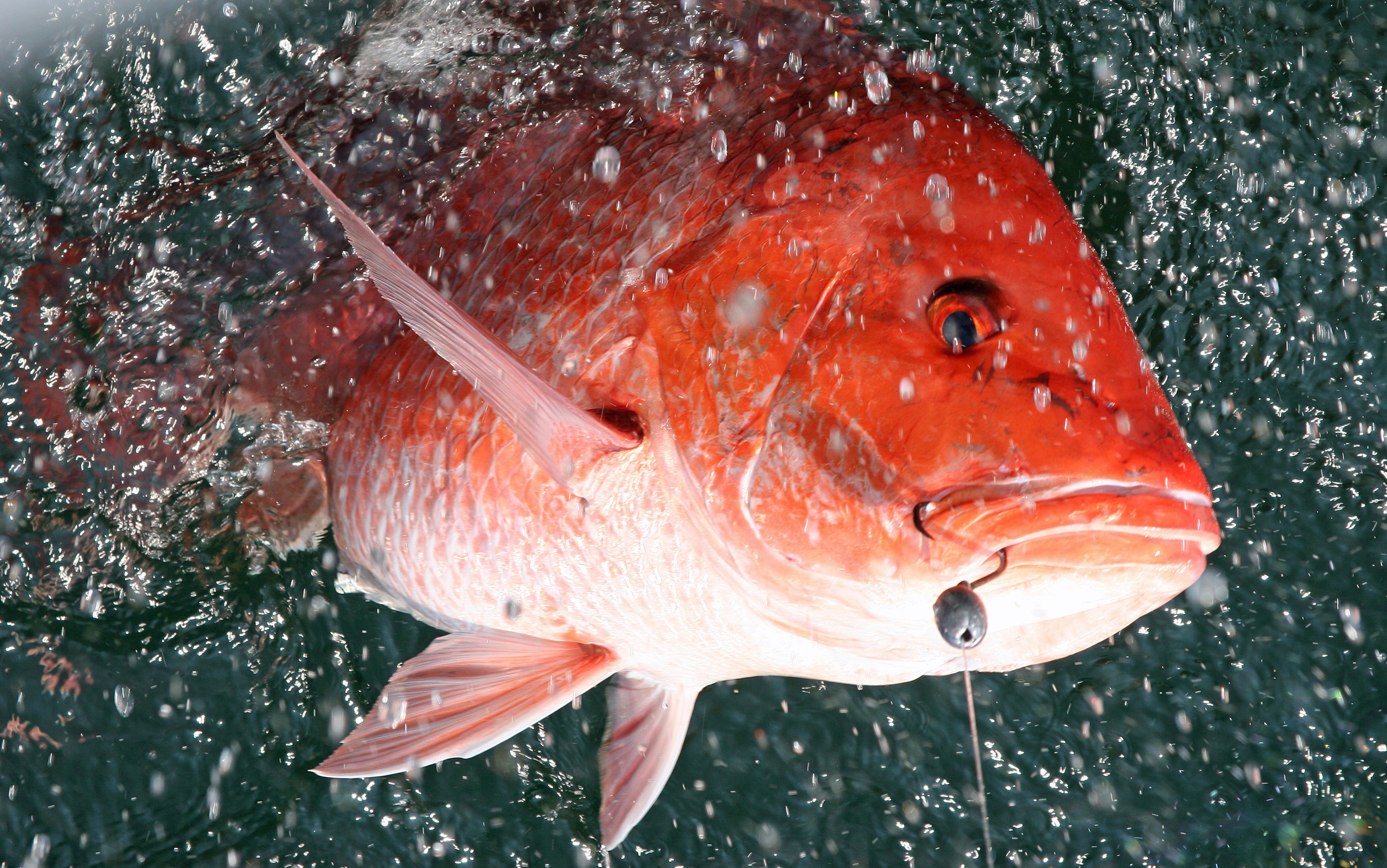By DAVID RAINER, Alabama Department of Conservation and Natural Resources
The Alabama Conservation Advisory Board approved a three-day extension of the red snapper season and tabled a motion to change the season dates and bag limit for wild turkeys at its recent meeting in Mobile.
Chris Blankenship, Commissioner of the Alabama Department of Conservation and Natural Resources (ADCNR), recommended a three-day extension of the red snapper season, which the Board approved unanimously. The extra red snapper days are set for October 10-12. The Board also voted to give the Commissioner leeway to adjust those dates should inclement weather interfere with the planned extension.
“We saw an increased participation in red snapper season,” Commissioner Blankenship said. “People couldn’t play travel ball. They weren’t going to Disney World or going on family vacations. Consequently, we saw increased participation on all weekends of the red snapper season. Because of that, we closed the season on July 3 as we were approaching the quota on red snapper. After checking the data and seeing the final landings, we have about 128,000 pounds of red snapper quota left.”
The Commissioner said the approved extension is the Saturday, Sunday and Monday of Columbus Day weekend.
The Board heard a presentation from Mike Chamberlain, the Terrell Professor of Wildlife Ecology and Management at the University of Georgia, about the decline of wild turkey populations in the South. Chamberlain’s presentation was the same one given to Arkansas Game and Fish Commission, which wanted to see data on how harvest impacts the population dynamics.
“Arkansas’ turkey population has been declining for a number of years,” Chamberlain said. “The trajectory of the population in Arkansas is almost identical to the trajectory of the population in Alabama, except that Alabama is about seven or eight years behind.”
Chamberlain, who is studying wild turkeys in numerous states from Arizona to North Carolina, said gobbling activity begins about 45 days before the peak of nesting.
“Gobblers become receptive well before the hens do,” he said. “We know two things drive gobbling activity. One is hen availability. As hens become less available, gobbling increases. The other is competition amongst themselves. If your buddy is gobbling, you gobble.
“What we see is that a lot of gobbling in March corresponds to no breeding activity. We also see that gobbling really picks up when hens start to nest.”
Chamberlain said what we’re dealing with in the South is an increased harvest of gobblers and a survival rate of hatchlings that is not high enough to sustain the population.
“What we see is a slow, gradual decline across all the states in the Southeast,” he said. “The survival rate of a clutch is 1 to 1½ poults per hen. That is not sustainable. So, it makes sense that the populations have slowly declined.”
Chamberlain also said his studies indicate that about 80 percent of the harvest occurs before the peak of incubation.
“If you remove four toms from 2,400 acres, gobbling decreases four-fold,” he said.
Chamberlain pointed out that the reported harvest on the opening weekend of Alabama’s 2020 season was 43 percent higher than the harvest from 2019, a trend that held true throughout the Southeast.
“We know that early in the season, the dominant birds are the ones being shot,” he said. “So that 43 percent disproportionately affects the older, dominant birds.”
Chamberlain said the result of taking the dominant birds out of the population is an increase in the length of nesting activity. Instead of most of the egg-laying occurring within a few weeks, he said the hatching of the eggs is now stretched out over as much as 100 days.
“If all of these hens drop their clutches within a couple of weeks, they will hatch about the same time,” he said. “By scattering them across the landscape across 100 days, you give predators the advantage. With all the eggs hatching at one time, predators can’t possibly find all of them. If you stretch it across three months – rat snakes, raccoons, horned owls – you’re giving them an advantage.
“The science suggests the activity we’re doing is contributing to this prolonged nesting effort.”








